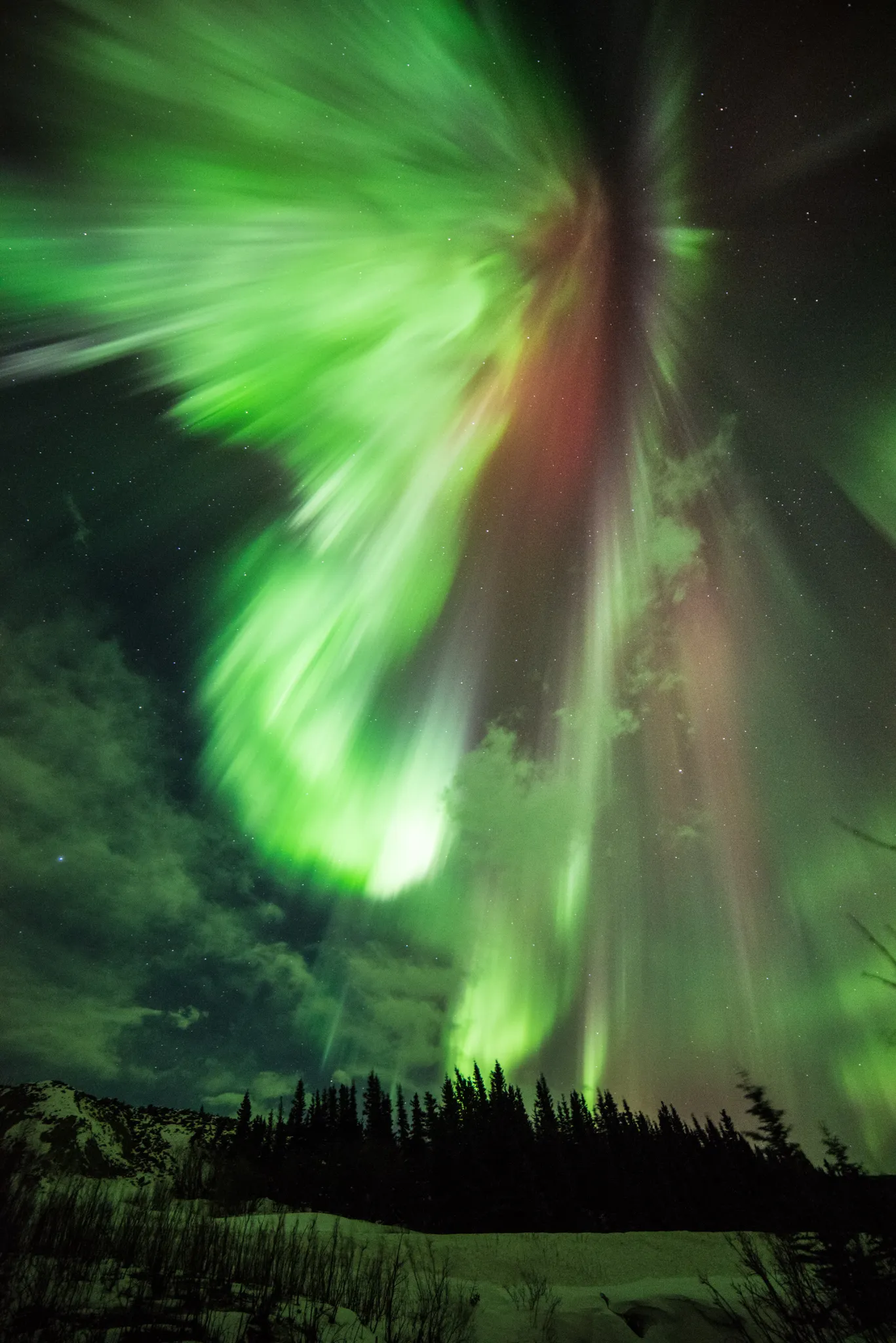AI for Predicting Space Weather Disruptions

Auroras and Satellite Risks
In the summer of 2024, people across North America enjoyed stunning auroras in the night sky. But the same solar activity that causes auroras can disrupt satellites. These satellites are vital for GPS, communication, and navigation systems on Earth. To protect them, scientists are turning to artificial intelligence (AI).
NASA’s Frontier Development Lab
The Frontier Development Lab (FDL) in Mountain View, California, is a partnership between NASA and leading AI companies. Since 2016, FDL has applied machine learning to challenges in planetary defense, heliophysics, Earth science, medicine, and lunar exploration.
KX Systems and AI Innovation
KX Systems, known for its analytics software kdb+, usually serves the financial industry. But between 2017 and 2019, the company partnered with NASA’s Ames Research Center and FDL to test new uses of kdb+. Together, they explored how AI could improve exoplanet searches and predict solar storms.
By analyzing datasets on the ionosphere, solar activity, and Earth’s magnetic field, the team developed AI models that predicted disruptive space weather events up to 24 hours in advance.
From Space to Industry
These AI models didn’t just help NASA. Some of the methods now power KX’s commercial products. For example, techniques once used to detect satellite signal losses are now applied to predict maintenance needs in industrial manufacturing.
The Power of Collaboration
KX Systems, a division of FD Technologies plc., credits its NASA collaboration for boosting its AI-driven growth. From protecting satellites to improving industry performance, the partnership proves that combining NASA’s expertise with private innovation creates lasting impact.


Ugh PLEASE we weren’t even sure if the weather was natural one or seeded one. And now AI even in this.. I am not surprised or anything but it’s just aarghh..
Yo, g365win looks like another contender. Hope their odds are competitive, tired of getting ripped off! Worth a look? Let me know what you think! g365win
FTRgame01, yeah? Had a go! Alright selection of games and the site’s pretty straightforward. Give it a go if you are new to gaming. Let me know your experiences!ftrgame01
JBJilicasino is a good time killer. If you want to chill and have some fun at the same time, make sure you visit jbjilicasino. It’s so easy!
Alright, mate! Gave az888bet1 a whirl the other day. Pretty decent site, loads of games to choose from. Nothing revolutionary, but a solid option if you’re looking for a bit of fun. Check it out here: az888bet1
Phlaroapk, downloaded the app. Runs smoothly on my phone! Much better than playing on the website on mobile. Highly recommend getting the APK! Get your phlaroapk here!